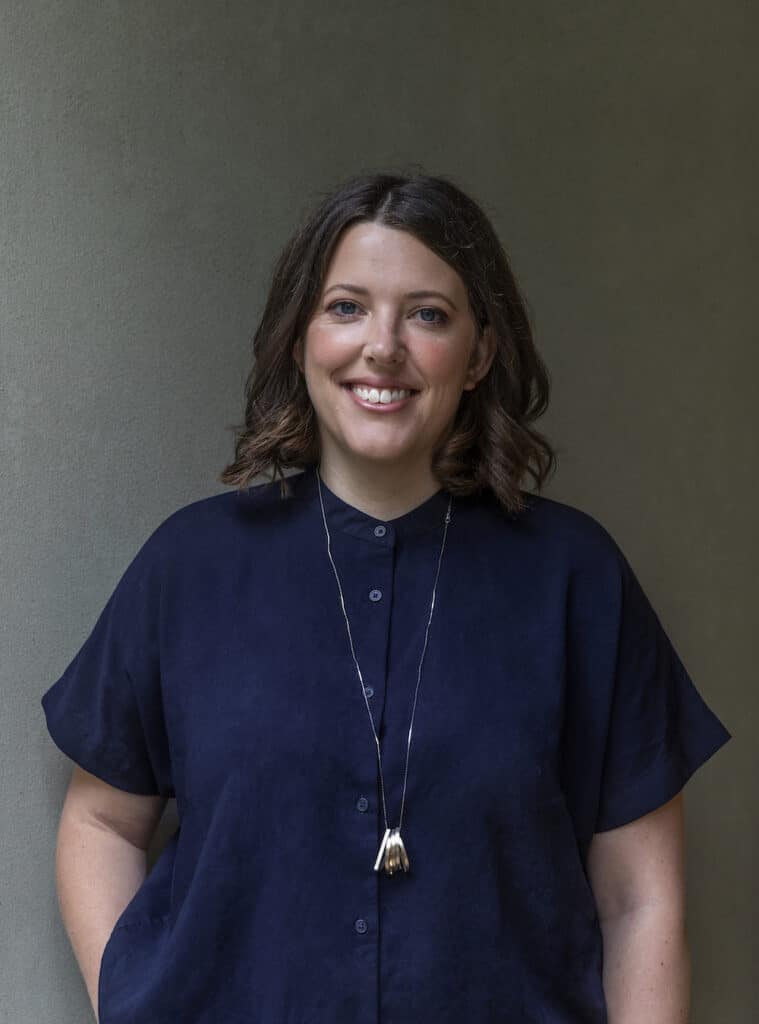Nails on a chalkboard, teeth opening a bottle, cutlery scratching a plate or leg hair getting waxed– all of these uncomfortable visuals can be recognised by most people. Meanwhile, an equally or even more uncomfortable experience for some women– breastfeeding– might not be as recognisably painful to those who don’t know what it feels like.
That’s where The Uncomfortable Feed comes in, featuring a series of uncomfortable images and videos on social media designed to make the viewer uneasy and empathise with mothers who have to endure discomfort on a daily basis.
Created in partnership between women’s health start-up Milkdrop and consulting agency Leo Burnett, this social campaign brings awareness to an initiative working to create a pain-free breastfeeding experience for mothers.
Milkdrop and Leo Burnett’s International Nipple Encyclopedia is asking women to submit anonymous nipple measurements, contributing to the encyclopaedia. Engineers and designers at Milkdrop will then use this to create a new, comfortable pump for mothers who breastfeed.
Currently, publicly available research is based on nipple data from reconstructive surgery or identifying the female nipple in algorithms that censor nipple shape and size on social media. Milkdrop hopes the Uncomfortable Feed campaign can broaden this data to help inform the design of pump products and ensure that women’s comfort is not an afterthought.

“In engineering and science, we’re taught to make arguments by presenting our work in facts – leaving the emotion and the feelings out of it,” Alex Sinickas, the founder of Milkdrop, tells Women’s Agenda. “This project showed me just how compelling you can make an argument by including emotion, working to make the audience feel something.”
“I wonder how differently things might go with even bigger world issues if we could learn to inspire emotion in this way as scientists and engineers.”
In a survey, conducted by Milkdrop in 2021, seven out of ten women reported experiencing discomfort, pain or damage while using breast pumps, with eight out of ten stating it made them “feel like a cow”.
When it comes to designing breast pumps, including comfortable ones, Sinickas says “the data just isn’t there because there’s so little funding to support research in this area”.
“The consequence of that is that most pumps tend to be one size–or you have to pay more for different sizes,” she says, adding that “there’s no variation to account for flatter, inverted, rounder or longer nipples, let alone the elasticity (or stretchiness) of your nipple.”
That’s what makes the data provided to the Nipple Encyclopedia so valuable.
Sinickas says that as long as people want to contribute, they’ll keep the survey and encyclopaedia open.
“I know we’re asking a lot to share such a private measurement,” she says. “But it can really help.”

Speaking to the campaign’s approach towards garnering support, Stacey Karayannis, Associate Creative Director at Leo Burnett Australia, tells Women’s Agenda that “unless you’ve had to use a breast pump yourself, which is less than half of us, no one really knows how uncomfortable pumping in an ill-fitting funnel can be. So, we knew we had to take a bit of a light-hearted approach to help spread awareness.”
Karayannis says the campaign borrowed from social trends such as ASMR (autonomous sensory meridian response) to capture people’s attention and open conversation. She adds that this can look like mum’s sharing one of the posts that best depicts their pumping experience and saying something along the lines of ‘Hey, that was me. My nipples felt more like marshmallows getting snipped’.
“I’d love to see this everywhere”, Sinickas says regarding the initiative. “Women across the world rummaging around their office drawers to find a ruler to submit their (nipple) measurements.”
“Social media can connect us, but it can also dampen our voice too,” she says. “Due to the policies of social media giants, we continue to face the risk of being banned on socials because we often feature nipples in our content – quite the predicament for a breast pump company.”
“I’m hoping to see this campaign grow through word-of-mouth as well as be supported by clinicians who work with new mothers to try to help us advocate and support them.”


